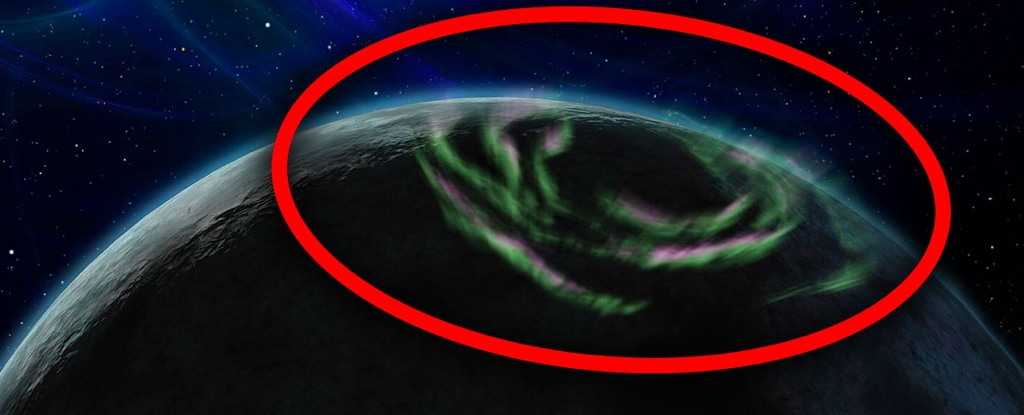We have been treated to some amazing aurora displays over recent months. The enigmatic lights are caused by charged particles from the Sun rushing across space and on arrival, causing the gas in the atmosphere to glow.
Now researchers believe that even on exoplanets around pulsars we may just find aurora, and they may even be detectable.
Pulsars are the remains of super massive stars that have reached the end of their life. During most of a stars life, they synthesise heavier and heavier elements in their core, the outward force of the thermonuclear pressure balances force of gravity.
As the star evolves, eventually gravity wins, the star implodes and the shockwave causes it to blow itself to pieces … almost. All that remains is a rapidly rotating gigantic neutron that blasts out a pulse of radiation and as it rotates, the radiation beam sweeps out across space we call these, pulsars.
The first exoplanets that were discovered were found around pulsars. By studying the pulses of radiation from host star, astronomers detected slight irregularities in their otherwise clock-like rhythm. The cause; planets orbiting the pulsar.
In a new paper published on 7 December by a team of Swiss scientists, they propose that exoplanets around pulsars may well experience aurora by simulating their magnetic environment.
Most pulsars travel through space without any companions but a tiny proportion of them, of the order of 0.5 percent are thought to have planetary companions. The paper discusses attempts to simulates the magnetic interactions of pulsars and their planets to estimate the amount of electromagnetic radiation being emitted.
The simulations focussed on millisecond pulsars and the planets around them and looked at the potential outcome for detecting planets using radio emissions.
Two planetary candidates without their own magnetic field were studied, those with conducting surfaces and those with electrically uncharged surfaces. The density of radio flux (flow of energy in or out – measured in Jansky units) is of the order of 0.1mjy to 30 mjy (mill-janksy). The frequency the team concluded would be above the level that would be absorbed by plasma but below the level that would be blocked by the ionosphere.
The conclusion was positive, from the simulations the team showed that planets around millisecond pulsars are most certainly observable with current radio telescope technology.
LOFAR (Low Frequency Array) or the future developments of SKA (Square Kilometre Array) are certainly capable having a minimum sensitivity of around 0.1mjy and 0.001mjy respectively. It’s also possible that any aurora in the system may also be detectable.
This article was originally published by Universe Today. Read the original article.





